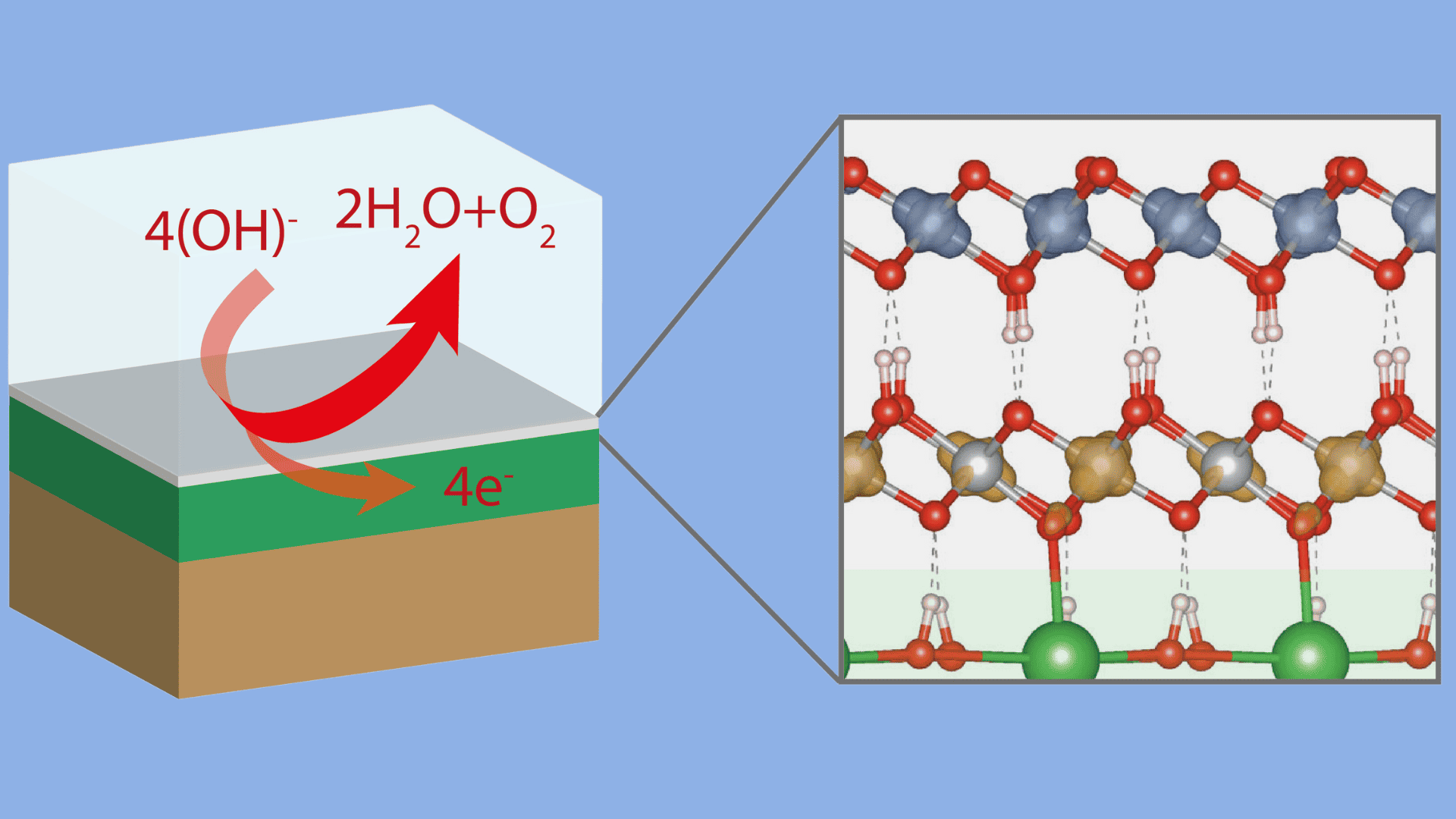
New research results show that the plant substance also influences the release of gastric acid by means of a bitter receptor.
Gallic acid is a secondary plant constituent found in wine or green tea. An Austrian-German team of scientists led by Veronika Somoza has now found evidence that gallic acid influences gastric acid release by activating a bitter receptor. The study results provide new insight into the still-unknown functions of bitter receptors in interaction with taste-active food ingredients, the Leibniz Association writes in a press release.
Veronika Somoza is deputy head of the Institute of Physiological Chemistry at the Faculty of Chemistry of the University of Vienna and director of the Leibniz Institute of Food Systems Biology at the Technical University of Munich (LSB). For a long time, she has been researching the physiological effects of taste-active substances naturally present in foods. These include gallic acid, which imparts an astringent taste to white or red wine, for example, producing a slightly rough, dry sensation on the tongue and in the mouth. Although debatable, some studies suggest that gallic acid also tastes bitter.
Gallic acid of interest for research
This makes gallic acid interesting for research. After all, more and more scientific work is showing that bitter substances and their receptors are not only important for taste perception. “Bitter receptors are indeed found on the tongue. But other organs such as the stomach, heart or lungs also have these taste receptors,” says first author Sonja Sterneder, who is obtaining her doctorate at the Faculty of Chemistry in Vienna. But the physiological functions they perform there have not yet been adequately researched, the nutrition scientist adds. The current study now contributes to adding another piece of the puzzle to the overall functional picture of bitter compounds and their receptors.
As Veronika Somoza’s team first determined in sensory tests, gallic acid dissolved in water tastes more bitter than tap water, which holds true even at a very low dose (10 micromolar; 1.7 mg/L). Similarly, the team observed that the bitter taste is concentration-dependent and increases with increasing doses (up to 1,000 micromolar).
Plant compound stimulates acid secretion
The team of scientists then used a cellular testing system to investigate how gallic acid affects gastric cells, which naturally possess different types of bitter receptors. They observed that the plant substance stimulated the gastric cells to secrete acid, regardless of whether the researchers had added it to the culture medium dissolved in water or in red wine.
Further extensive molecular biology studies by the team also suggest that gallic acid exerts this effect via the taste receptor TAS2R4. Computer-assisted structural analyses of the receptor and virtual docking experiments conducted by the Leibniz Institute support this assumption.
“Our previous studies on the effects of caffeine already indicated that the bitter receptor TAS2R43 is involved in the regulation of gastric acid secretion. Now we have found evidence for the involvement of another bitter receptor that is also found on the tongue as well as on gastric cells,” says Veronika Somoza. In the future, Somoza’s team will continue to explore the molecular relationships between bitter compounds and bitter receptors with the goal of improving the digestibility of foods.
Also of interest: Intensive livestock farming overwhelms agro-ecosystems
Selected for you!
Innovation Origins is the European platform for innovation news. In addition to the many reports from our own editors in 15 European countries, we select the most important press releases from reliable sources. This way you can stay up to date on what is happening in the world of innovation. Are you or do you know an organization that should not be missing from our list of selected sources? Then report to our editorial team.






